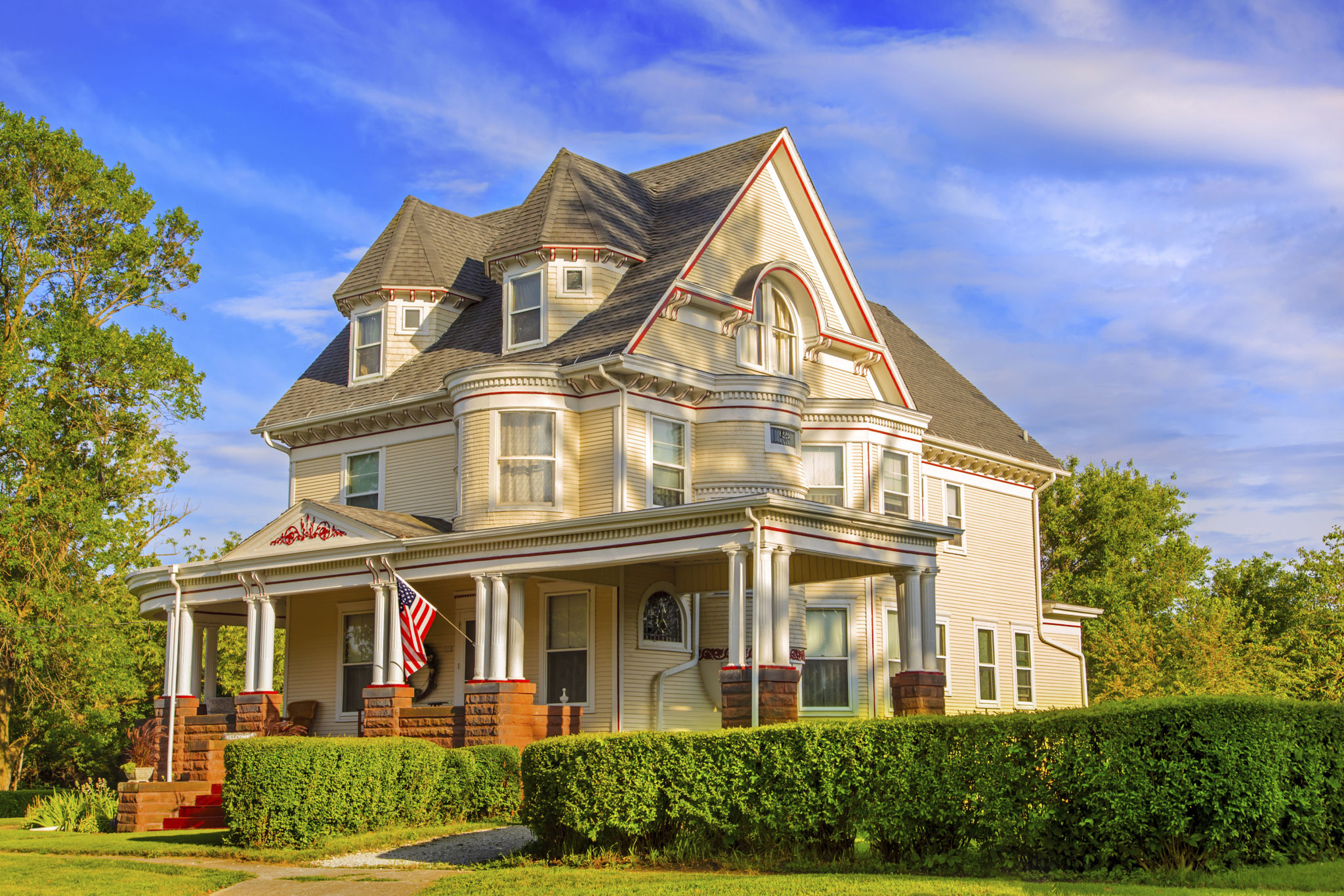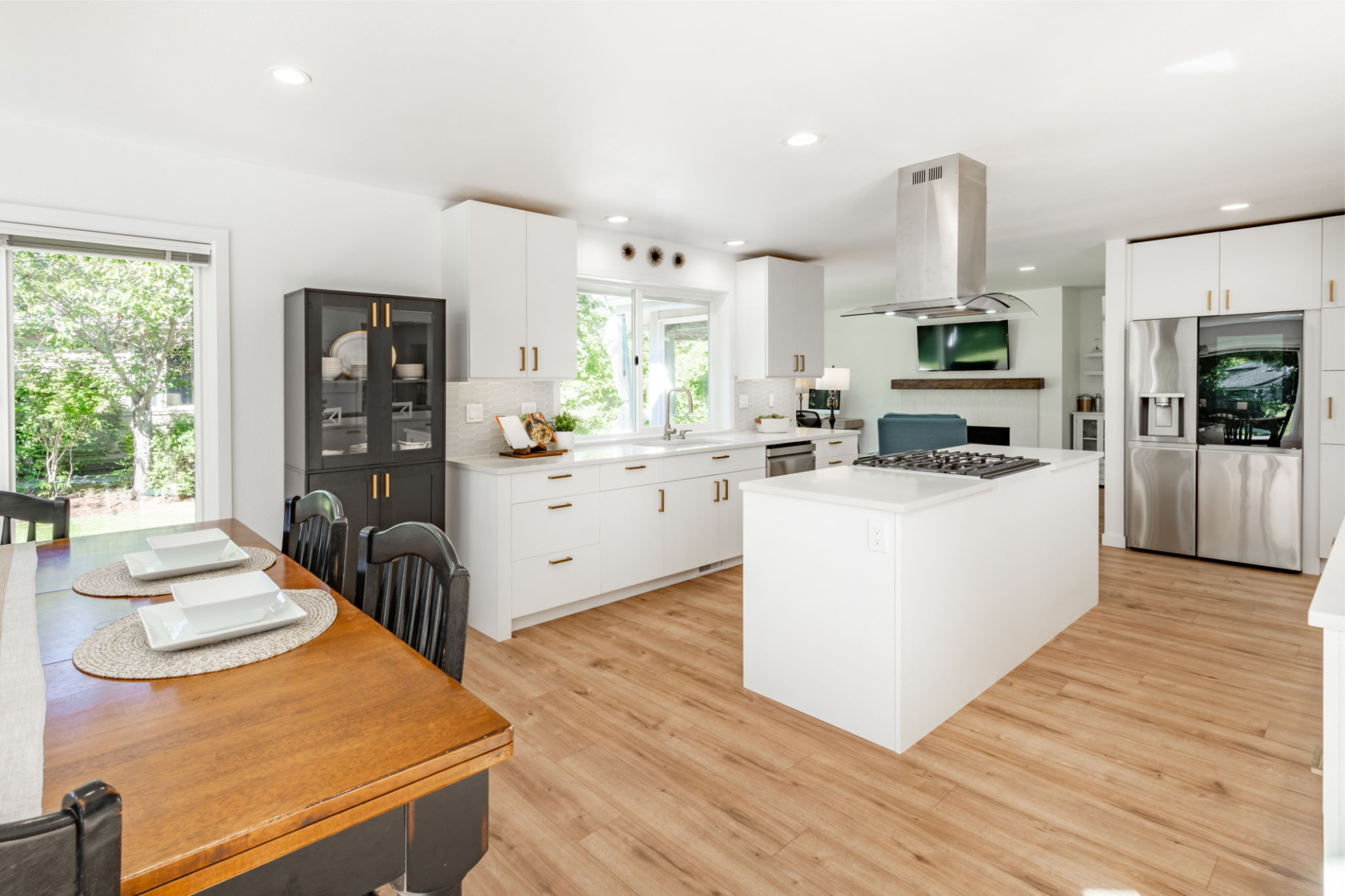Case Study: How Professional Interior Design Revitalized a Historic Manchester Home
The Charm of Historic Homes
Historic homes possess a unique charm and character that contemporary structures often lack. The intricate detailing, craftsmanship, and stories embedded in their walls make them truly special. However, restoring and revitalizing such homes can be a daunting task, blending modern comfort with classic aesthetics. This case study delves into how professional interior design transformed a historic Manchester home into a stunning masterpiece.

The Challenge: Balancing Old and New
When embarking on a project to revitalize a historic home, one of the primary challenges is maintaining the original essence while integrating modern amenities. The Manchester home in this study had preserved many of its original features, but it was in dire need of functional updates. The homeowners desired a space that respected the property's history yet catered to their contemporary lifestyle needs.
Professional interior designers were tasked with striking this delicate balance. They needed to ensure that any modifications would enhance the home's original beauty without overshadowing it.
Initial Assessment and Planning
Before any work began, a thorough assessment of the home was conducted. This involved examining the structural integrity of the building, identifying areas that required immediate attention, and documenting existing features that should be preserved. The designers collaborated closely with the homeowners to understand their vision and lifestyle requirements.

Design Strategies Employed
Several strategies were employed to revitalize the Manchester home effectively:
- Preservation of Original Features: Key architectural elements like crown moldings, woodwork, and stained glass windows were meticulously restored.
- Modern Upgrades: Modern amenities such as energy-efficient heating systems and smart home technologies were seamlessly integrated.
- Sympathetic Color Palette: A color scheme that complemented the home's original hues was chosen to maintain historical accuracy while adding a fresh feel.
The combination of these strategies ensured the home retained its historical charm while offering modern conveniences.

The Transformation
The transformation process was both meticulous and inspiring. Each room was approached with care, ensuring that the character of the space was preserved. Living areas were opened up to create a more inviting atmosphere, while still retaining period features. Bedrooms were redesigned to enhance comfort and style, blending antique furnishings with contemporary pieces.
Kitchens and bathrooms, often the trickiest to modernize in historic homes, were overhauled with state-of-the-art appliances and fixtures, all while keeping in line with the home's overall aesthetic.
Outcome and Homeowner Satisfaction
The result was a breathtaking blend of old-world charm and modern sophistication. The homeowners were thrilled with the transformation, praising the designers for their ability to respect the home's heritage while infusing it with contemporary elegance. Visitors to the home often remark on its unique blend of history and modernity, a testament to the success of the project.

Lessons Learned
This case study highlights several key lessons for those looking to revitalize historic homes:
- Respect the Original Architecture: Always prioritize retaining and restoring original features where possible.
- Blend Modern Needs with Historical Aesthetics: Modern upgrades should enhance rather than detract from the home's character.
- Collaborate Closely with Professionals: Working with skilled interior designers can ensure a seamless integration of old and new.
The successful revitalization of this Manchester home serves as an inspiring example for other historic property owners looking to undertake similar projects.
